This week’s featured wildflower may have special appeal for butterfly lovers, beekeepers, and Cyclone fans. A few photos of plains coreopsis are after the jump, along with pictures of a small white wildflower I haven’t identified yet. I would appreciate input from other wildflower lovers in the Bleeding Heartland community.
This an open thread: all topics welcome. Here’s a fun bit of trivia from a New Yorker piece on London Mayor Boris Johnson:
Johnson studied classics at Oxford […] and argues that [Winston] Churchill was most effective when he used words of Anglo-Saxon rather than Latinate origin. In his book on London, Johnson points out that the rousing sentence “We shall fight on the beaches, we shall fight on the landing grounds, we shall fight in the fields and in the streets, we shall fight in the hills; we shall never surrender” contains only one Latinate word, its last.
An English teacher at my high school (now retired) used to correct what he called “Latin English” on students’ essays. When my brother complained, “But that’s like half the language,” this teacher said, “Write with the other half.” Maybe he was on to something.
Plains coreopsis (sometimes also called golden coreopsis) grows throughout Iowa and across most of the U.S. Like other flowers in the aster family, plains coreopsis have larger flower-heads and tiny flowers in the center disks. Brian Johnston has posted phenomenal photos of plains coreopsis buds, flower-heads, and disk flowers here. Neither my camera nor my photography skill is good enough to capture that level of detail, but you can see the red and yellow blooms in this photo.
A cluster of plains coreopsis in bloom looks impressive. Many gardeners cultivate the plant, but I found this patch in a wild area along a central Iowa bike trail.
In last week’s wildflower thread, Bleeding Heartland user corncam asked about flowers that can attract butterflies. Plains coreopsis is a good choice if you have a sunny spot. While it prefers sandy soil, “other kinds of soil are readily tolerated, including those that contain loam, clay-loam, or some gravel.” Many insects, including butterflies and bees, are attracted to this plant. In Wildflowers of the Tallgrass Prairie, Sylvan Runkel and Dean Roosa write, “Beekeepers consider Coreopsis species to be good sources of honey.” Plains coreopsis was also traditionally used to brew tea and produce red or yellow dyes.
Plains coreopsis is common on disturbed ground, such as in ditches or near the edge of roads. The Iowa Department of Transportation includes it in some roadside plantings “for quick color.”
Usually, plains coreopsis are red or maroon near the centers and yellow toward the edge of the flowers. However, the flowers can sometimes be reddish-purple or all red, as in this photo:
The yellow flowers blooming around that coreopsis with buds are the non-native birds-foot trefoil, which Bleeding Heartland discussed in the milkweed thread.
Finally, I am posting two recent photos of a plant with small white flowers. I haven’t found anything exactly like this in my wildflower guides, so I hope it’s not an invasive plant. It resembles sweet cicely (also called sweet anise), visible in the foreground of the last May apple photo in this diary. However, 1) sweet cicely stopped blooming weeks ago in central Iowa; 2) this plant doesn’t have the anise fragrance of sweet cicely; and 3) the toothed leaves of sweet cicely are divided into three parts, unlike the arrow-shaped leaves of this plant.
UPDATE: This flower is white snakeroot.

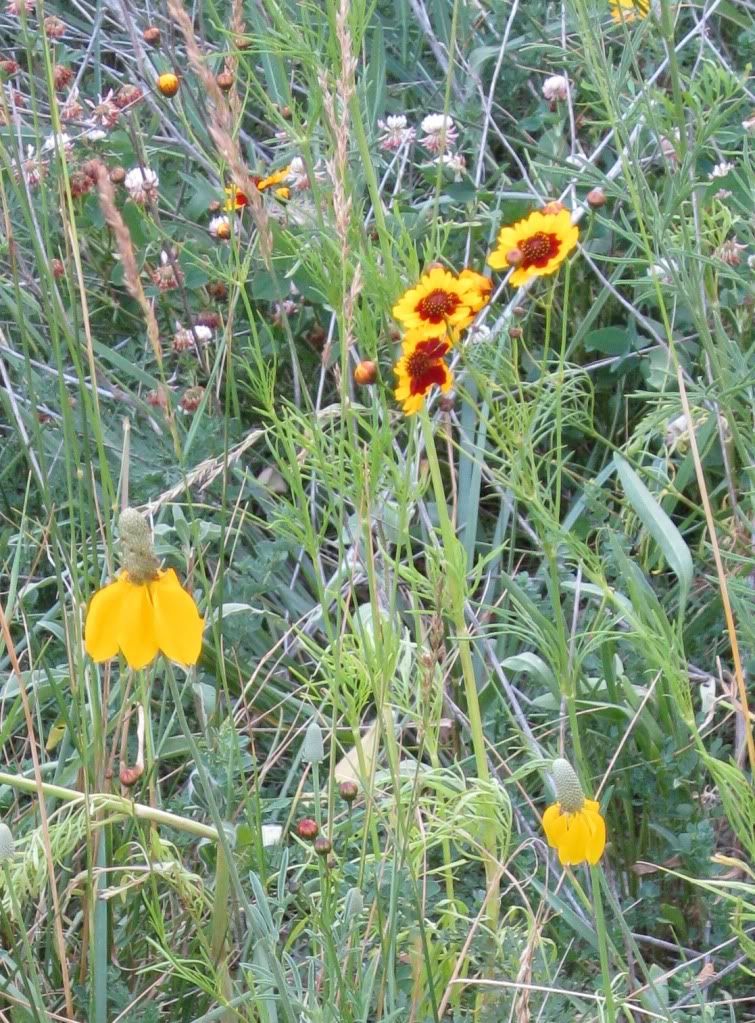
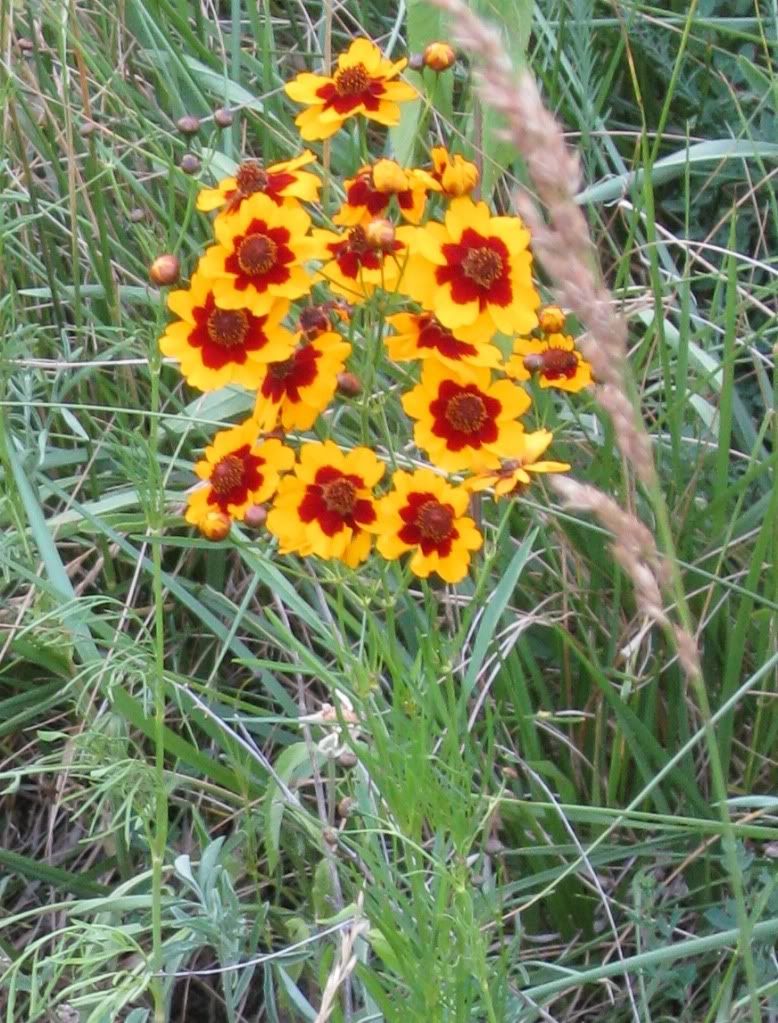
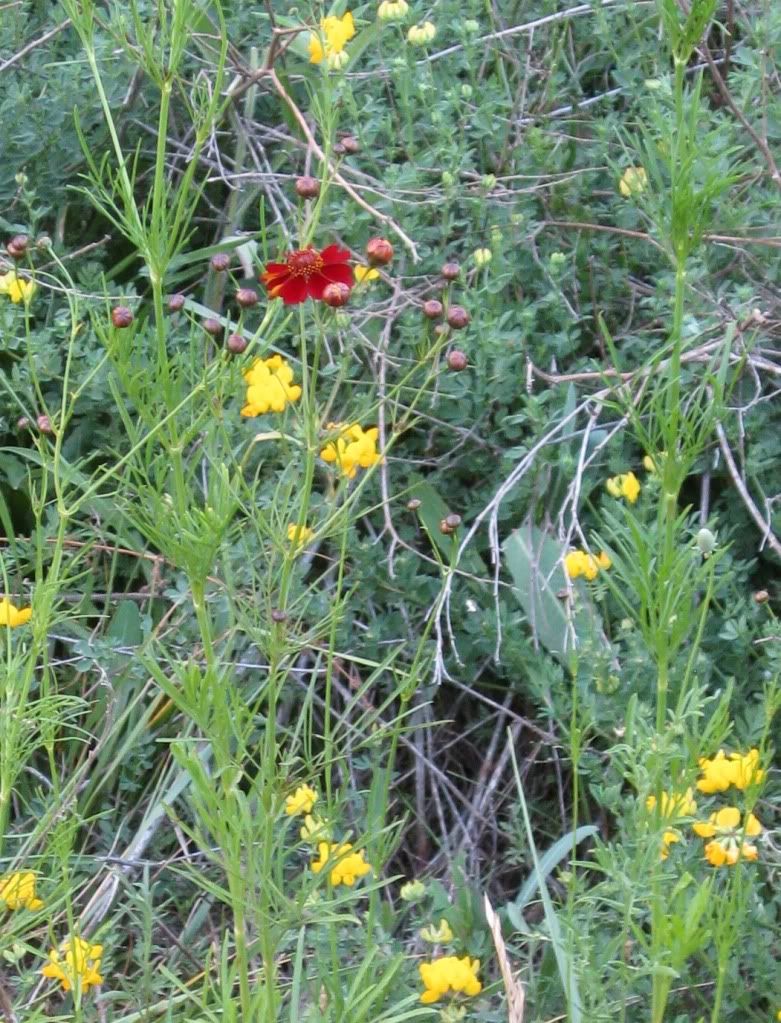
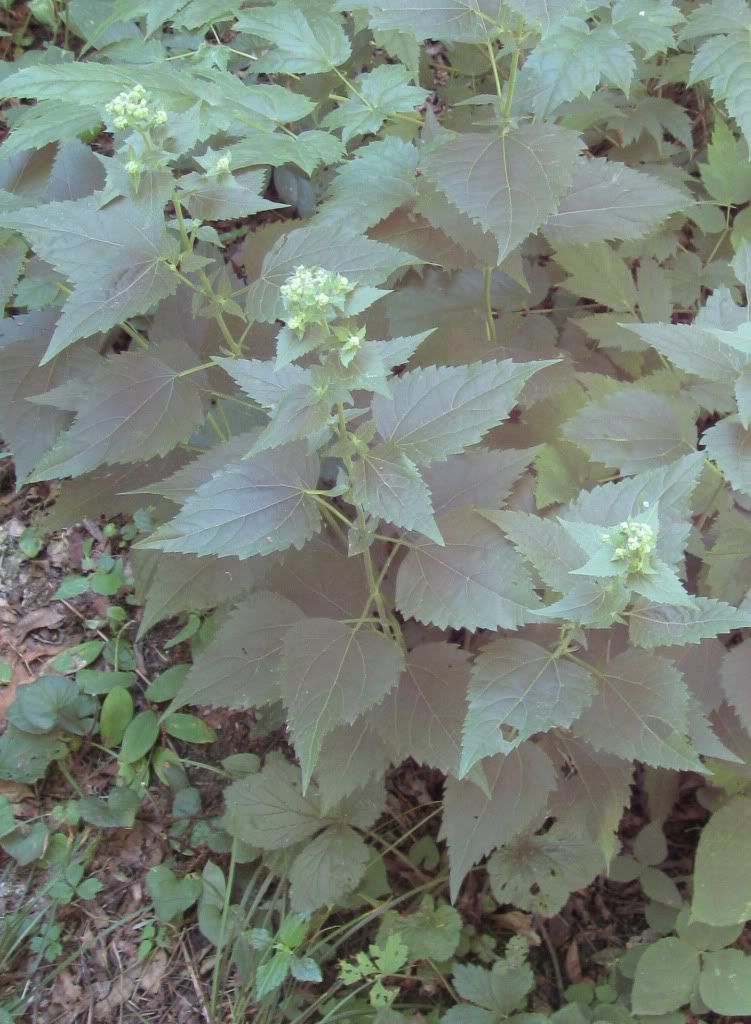
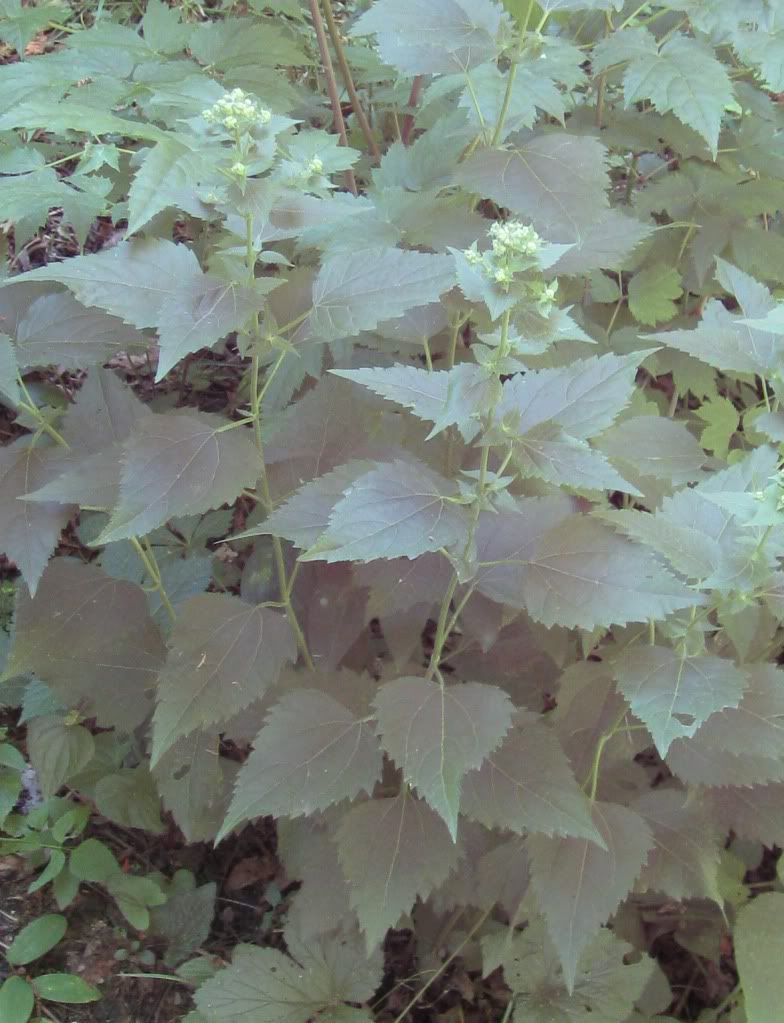
5 Comments
Pretty
I like those red and yellow flowers.
I couldn’t tell from the last photo, but if the white flowers have four petals in the shape of a cross, then they could be garlic mustard. However, my yard’s garlic mustard bloomed several weeks ago, so I’d be surprised if that’s it.
corncam Wed 27 Jun 8:27 PM
definitely not garlic mustard
I recognize that, and as you said, it bloomed weeks/months ago. The leaves are a different shape, and these flowers don’t have four petals–lots more, tiny petals. My camera and me don’t do well with the tiny flowers.
desmoinesdem Wed 27 Jun 9:19 PM
coreopsis
Deer and rabbits don’t like Coreo. It is a staple in and around my rain garden. The photos make me want to plant more. Since hope springs eternal, I’ve planted other flowers with various methods of saving them from pests, of course to no avail. One other question: when did your high school retire? 🙂
rockm Thu 28 Jun 9:19 AM
don't know exactly
when he retired. Probably sometime in the 1990s, perhaps soon after 2000. He was a character!
Deer have eaten a lot of the flowers in our yard too. More upsetting to me, they munched on our wild raspberry bushes!
desmoinesdem Thu 28 Jun 4:41 PM
Coreopsis tinctoria, plains coreopsis...
…is native to the United States, but not Iowa. It has been moved here from the west, where it is native. If a stand of wildflowers in Iowa contains this species, odds are extremely high that it’s a planting. There are two coreopsis species that are native to Iowa, but they are yellow and don’t have that gorgeous splashy red.
PrairieFan Tue 2 May 10:03 PM